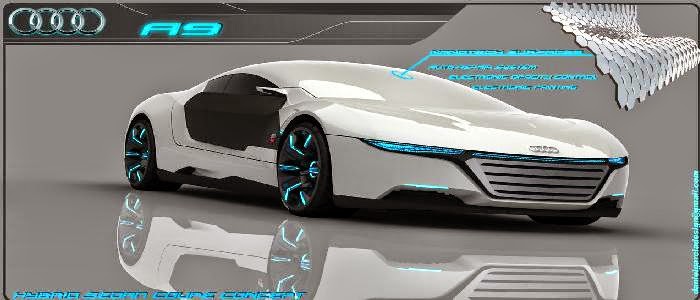NanoTechnology Patent's distribution Worldwide
Source: European Patent Office (EPO), Scheu 2004 [1]
For International competitiveness, new technology plays a greatest role and directly influences the economy of the country. Till date software was the promising field, which has shown a greater influence on the economy of the country like India. The new upcoming field of nanotechnology shows the same intense influence in almost every major industry around the world and economy of the country, which are leading in the nanotechnology. Nowadays this fact is being validated by the data that, more than 75% of the companies envisage the chances that the nanotechnologies will create a new market for them. More than 60% of the company expect a decisive advantage from the use of nanotechnologies as nanotechnologies fundamentally offers a unique potential and capabilities to architect a broad array of novel materials, composites and structures on a molecular scale [1]. This is the only technology has the potential to re-define the rules, principle and methods used for developing lighter, stronger and high-performance structures and processes with unique and non-traditional properties.
Thus, nanotechnologies with their numerous application possibilities could give an impetus to innovation in automotive industries and in numerous other industries.
The above graph shows the data of percentage of patent of nanotechnology by the individual country.The graph shows that, the USA (49%) and Japan (25%) possess considerably more patents and this can be predicted that, they will lead in the commercialization of the nanotechnologies and will reap the fruit of economy in future.
The above graph shows the data of percentage of patent of nanotechnology by the individual country.The graph shows that, the USA (49%) and Japan (25%) possess considerably more patents and this can be predicted that, they will lead in the commercialization of the nanotechnologies and will reap the fruit of economy in future.
Werner, M. (2008).European Patent Office (EPO), Scheu 2004: Nanotechnologies in automobiles. Wiesbaden: essisches Ministerium für Wirtschaft, Verkehr und Landesentwicklung. “Nanotechnologies by automobiles” by Hessen Ministry of Economy,Transport, Urban and Regional Development, www.hessen-nanotech.de.


























